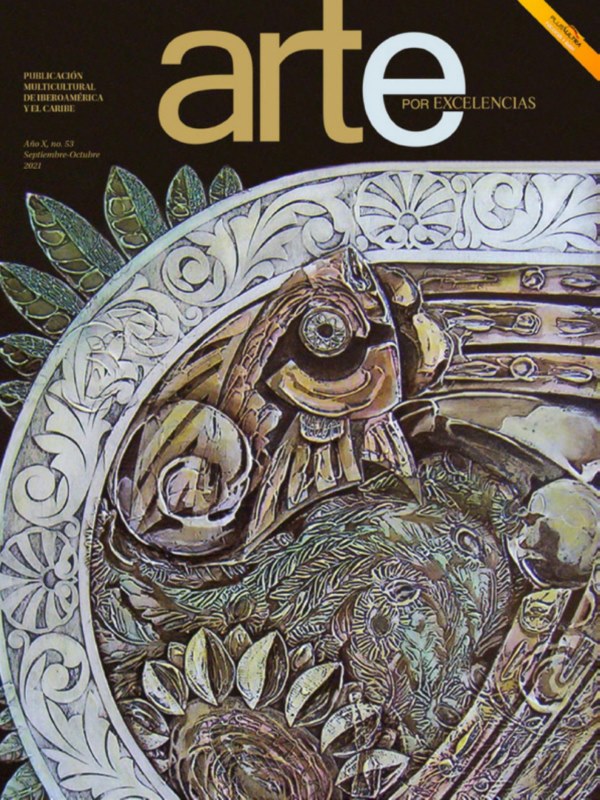By: Christopher F. Schuetze
Long before Liz Cohen became an internationally known contemporary artist — with the support and access to financial resources that can accompany such status — she had to come up with a way to publicize and pay for an expensive and ambitious art project.
That is why in 2002, at the intersection of 19th and Capp Streets in San Francisco — in what was then a seedy Mission district — she spent hours washing cars, clad only in a bikini and see-through stiletto heels.
“I wanted to show the way the artists have to hustle for their art,” she said recently by telephone from her studio in Detroit.
The resulting film, “Bikini Carwash” (2002), which documents the performance, is part of this year’s film program at Art Basel in Miami Beach. Featuring the work of more than 50 artists gathered under the theme “Our Hidden Futures,” the program runs Dec. 2-6.
The art films will be screened nightly at the SoundScape park, projected on a 7,000-square-foot outdoor screen on the side of the New World Center in Miami Beach.
The film program — along with a nightly sound experience that plays before the screenings — is part of the increasingly popular curated and public portions of the art trade show. It is also one of the reasons that the Miami Beach event, especially, is known for its buzzing social scene.
“We plan the screenings for when the fair has closed, so there is often a large audience of gallerists relaxing after their day working at the fair,” David Gryn, the curator of the film program, said in an email. The program also appeals to artists exhibiting at the fair, he added.
Film has been part of the programming at Art Basel since before the annual fair first came to Miami Beach in 2002. It has been growing in popularity, partly because it is an opportunity to experience art free during one of the largest commercial art trade fairs in North America.
“It is vital for projects that are not necessarily overtly commercial to have their big presence at that time,” Mr. Gryn said.
“Troublemakers — The Story of Land Art,” the only full-length documentary to be featured this year, is part of a push to bring the fair to a wider audience. To be shown in the historic, 415-seat, Art Deco-style Colony Theatre on Dec. 4, the film documents the workings of a small group of pioneering land artists who, in the 1960s and 1970s, eschewed the conventional and took to the American desert to create vast land sculptures.
“We really thought that the work we were doing was going to end galleries,” said Vito Acconci, one of the artists featured in the documentary.
Though the Miami Beach fair — which last year again broke sales records and oversaw the $5.6 million purchase of “Reak” (1985-1986) by Jean-Michel Basquiat — seems to contradict his prediction, the documentary offers a fascinating glimpse of a small cadre of artists who were turning their backs on conventional canvases, exhibitions, time-scales and funding.
“I was interested in the period and in retrieving that spirit, because of where we are today with this highly commodified, very speculative modern art,” said James Crump, the film’s director. “I think Art Basel is a perfect venue because there are a lot of collectors there.”
Mr. Gryn, who is in his fifth year of curating the film program at Miami Beach, said the “Hidden Futures” theme of the program this year was inspired by film’s perennial status as an emerging art form, despite both the medium’s ubiquity and more than a half-century of serious film art.
Other artists resonated differently with the theme.
Howardena Pindell, whose “Free, White and 21” (1980) will be shown on the first night of the program, said that her video piece, a response to race relations within the predominantly white feminist movements of the 1970s, remains important.
“I feel that in terms of the future — it is as if you are going backwards,” she said by telephone from New York. Of the feminist movement of the 1970s, Ms. Pindell said: “Some of the younger generation, they seem to hold it in disdain.”
Marian Masone, who curated the documentary about land art and will lead conversation with the film’s director after the showing, says the movement is incredibly relevant to today’s world. “These artists themselves are the connective tissue between the past and the present,” she said.
In bringing “Troublemakers” to the festival, Ms. Masone was especially interested in the juxtaposition inherent in bringing large-scale land art to the populated urban space of Miami Beach.
After Ms. Cohen completed her car wash installation in San Francisco, she traveled to Berlin and bought a Trabant — the tiny and storied East German sedan — and converted it into El Trabantimino, a fantasy car that features the much-larger Chevrolet El Camino wheel base, a powerful engine, hydraulics and rear-wheel drive. When asked about the theme of the film program, Ms. Cohen linked her car with the post-Soviet era and with the feeling — then still prevailing — that the Cold War had been won and was over.
“We thought it was the end of the story,” she said. “But it really it is just the end of the chapter.”
Source: http://www.nytimes.com
Related Publications

Art Madrid’25 presents the Gallery Program for its 20th edition
January 07, 2025













